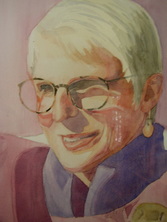 "Lynne" watercolour 12 x16
"Lynne" watercolour 12 x16 Years ago I received a Valentine from a dear friend, who simply wrote why she treasured our friendship; that hand-written letter meant more to me than I can say. Lynne has maintained her beautiful handwriting by using it daily. Sadly, I am reduced to word processing for what should be personalized and on paper. Soul-sisters, you know who you are. This is for you.
My life has been blessed by you, my sisters, no thanks to Mom and Dad. Because she so nearly died giving birth to me, a first-born, My sensible father efused to let my mother have more children; as he put it, “You may survive another birth, but I wouldn’t.” So I have had to go looking for sisters, for you. Let me tell you why I claim each one of you as kin. You gave me many reasons.
One thing which drew me was your ability to love. You inhabit an Eden of empathy. I see your kindnesses daily— to the elderly , to the sick, to children, to neighbours, to the poor, to beasties wild or tame. You live by doing unto others as you would have others do unto you. You make the world better by being your fine unselfish self.
But wow do you know how to laugh! Getting together is fraught with rib-splitting humour, most of it self-deprecating. You are funny-ha-ha, even turning your own funny-peculiars into fodder for laughter. Perhaps laughter comes easily to you because you have cultivated contentment, which is very different from complacency. You celebrate the life you are living rather than the life which might have been.
You are smart in other ways too. You read, you ask questions, and you think. You believe in self-improvement without being full of yourselves or preachy. You never discourage; you simply inspire and leading by example.
So this comes with my love and my thanks, even if it is two days late. Happy Valentine’s, dearhearts! Love you.
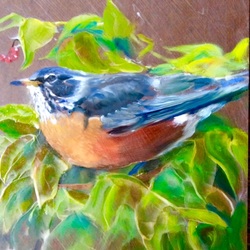
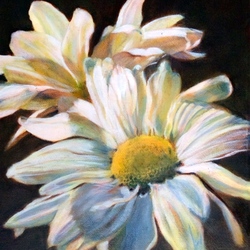
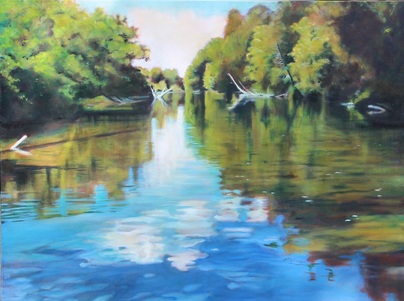
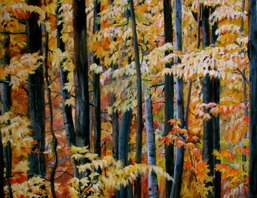
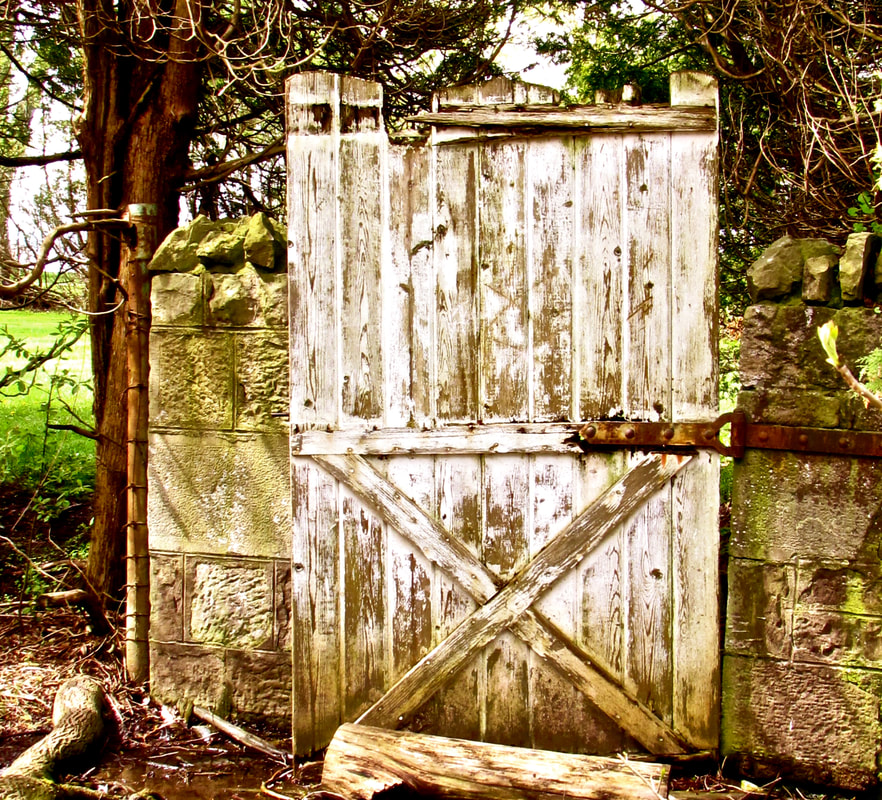
 RSS Feed
RSS Feed
